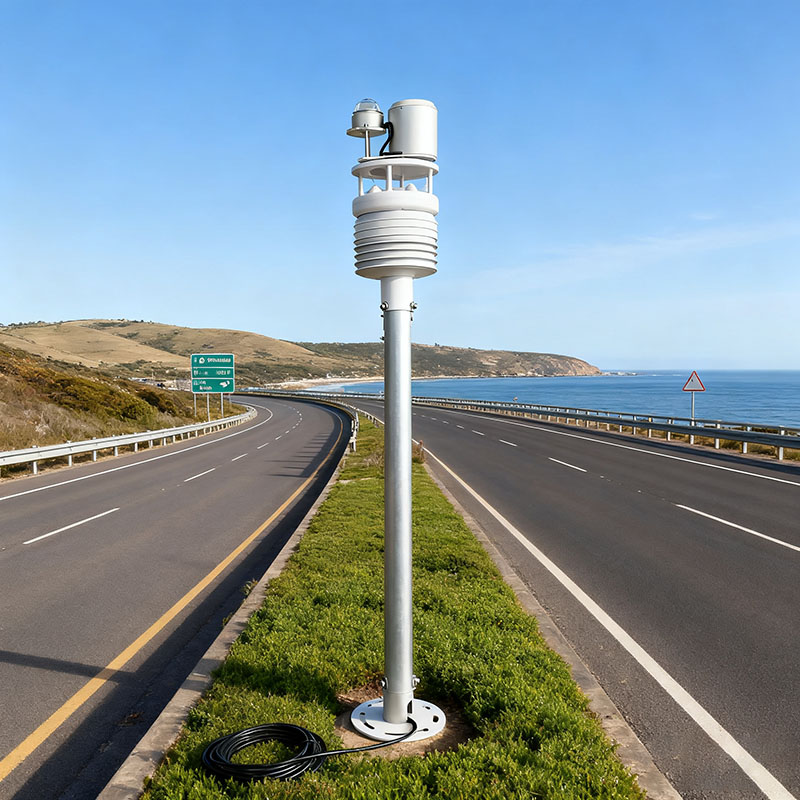According to the latest report from the Southeast Asia Meteorological Monitoring Network, Indonesia has risen to become the country with the largest number of meteorological stations deployed in the region. Over 2,000 meteorological monitoring stations of various types have been established across the country, building the most complete meteorological data collection network in Southeast Asia.
The national meteorological monitoring network has been fully established
The Meteorology, Climatology and Geophysics Agency (BMKG) of Indonesia recently announced that the construction of the national meteorological station network has achieved its phased goals. “We have achieved full coverage of automatic weather stations in all provincial administrative regions,” said Devicorita Canawati, the head of BMKG. “The real-time weather data provided by these weather stations has significantly improved the accuracy of our weather forecasts.”
Advanced equipment enhances monitoring capabilities
The new generation of automatic weather stations integrates multiple high-precision meteorological sensors and can monitor key meteorological elements such as temperature, humidity, wind speed, wind direction, rainfall and atmospheric pressure in real time. “The professional meteorological instruments we have introduced have reached international standards,” said the director of the Indonesian Meteorological Technology Center. “These devices provide reliable data support for climate monitoring and disaster early warning.”
Diversified application scenarios
The meteorological station network in Indonesia has been widely applied in multiple fields. On Bintan Island, a newly established meteorological observation station provides accurate Marine meteorological data for the shipping industry. On Java Island, agricultural meteorological stations help farmers arrange agricultural activities reasonably based on weather forecasts. “Accurate meteorological monitoring data makes our planting plan more scientific,” said Sumardi, a rice farmer in West Java Province.
Technological innovation serves disaster prevention and mitigation By establishing a dense meteorological monitoring network, Indonesia’s meteorological early warning capacity has been significantly enhanced. “We have developed more accurate typhoon and flood warning models by using the data collected from automatic weather stations,” an expert from the National disaster reduction agency introduced. “These meteorological data help us issue disaster warnings 48 hours in advance.”
International cooperation facilitates technological upgrading Indonesia is cooperating with multiple international organizations to continuously promote the upgrade of its meteorological station network. “We are introducing the most advanced meteorological monitoring technology,” said the head of the international cooperation project. “The new generation of meteorological instruments will further enhance the accuracy and timeliness of data collection.”
Future development plan According to Indonesia’s meteorological development Plan for 2024-2028, the government plans to add 1,000 automatic weather stations, with a focus on enhancing monitoring capabilities in remote areas and Marine regions. “We will achieve full coverage of meteorological observation stations on all islands across the country,” said the technical director of BMKG. “This will enable our weather forecast services to benefit more people.”
Industry experts believe that Indonesia’s experience in the construction of meteorological stations will provide important references for other Southeast Asian countries. With the intensification of climate change, a well-developed meteorological monitoring network will become an important infrastructure for countries to deal with extreme weather.
For more weather station information, please contact Honde Technology Co., LTD.
WhatsApp: +86-15210548582
Email: info@hondetech.com
Company website: www.hondetechco.com
Post time: Oct-11-2025


